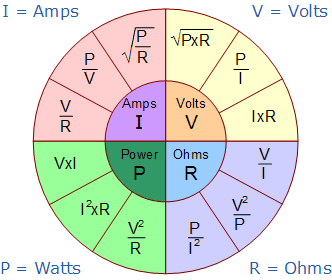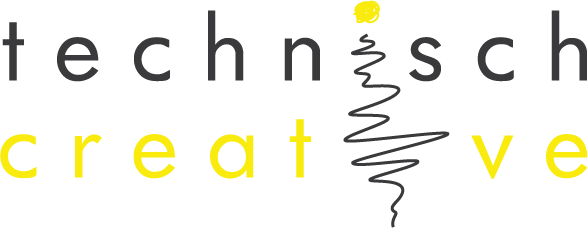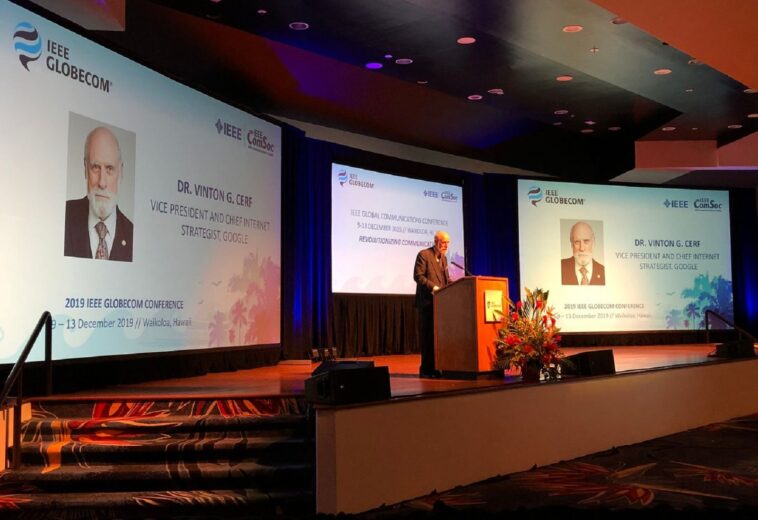 When pre-production planning turns to the subject of power, lots of folks suddenly remember that they accidentally left the oven on, and need to go home before the house explodes. Why the sudden jog of the memory? The fact of the matter is power can be scary.
When pre-production planning turns to the subject of power, lots of folks suddenly remember that they accidentally left the oven on, and need to go home before the house explodes. Why the sudden jog of the memory? The fact of the matter is power can be scary.
We’ve all managed to stick our finger into an electrical outlet as a kid, and most of us still remember that experience. While we weren’t seriously injured, the shock we felt left a lasting impression on our brains for the rest of our lives. It’s time to stop demonizing power and put it into terms and a perspective that most industry professionals can easily understand. This may get a bit technical, but will make sense in the end.
Let’s start with power in the broadest sense. According to the American Heritage Dictionary, power is defined as the product of the effective values of the voltage and current with the cosine of the phase angle between current and voltage in an alternating-current circuit. Huh? Let’s make up our own definition and say power is the electricity we use to make our electronic stuff work.
There are two forms of electricity, alternating current and direct current, or AC and DC. Direct current is used primarily for electronic circuits and battery powered devices, which we will assume don’t apply to our discussion. We are left working with alternating current.
Anyone who has ever plugged an appliance into an outlet is accustomed to working with 110 outlets, but how many of us know how those little plugs get electricity, or what 110 even means?
In any electrical system, there is a minimum of three separate conductors. There’s a “hot”, a neutral, and a ground. The hot is the positive electric charge, for our purposes 110 volts. The neutral is just that, neutral, meaning it has a net electric charge of zero. See also Switzerland. The ground is a point of zero potential. This is often times the literal ground outside your building, sometimes referred to as the earth ground. If you hear someone refer to a single-phase service, this is what they mean.
When talking about a three-phase system, we have three hot conductors, a neutral, and a ground. In our business, the three-phase system is preferable, for reasons we will later explore.
When working with three-phase systems, there will be some sort of distribution box, or “distro”, which breaks out into the individual circuits. The distro will have breakers and various plugs for each circuit. Each conductor will have a distinct color, and in the United States, hot conductors are black, red, and blue. The neutral is always white, and the ground always green. The Europeans do things differently, so make sure whoever is working with the distro is familiar with current European standards.
Now that we’ve established some basics, we can get into more technical matters. Don’t fret, though. The practical stuff is coming right after the theory. Keep thinking of your happy place and this will be a breeze.
In 1827, Georg Simon Ohm (1789-1854) published his book, Die galvanische Kette, mathematisch bearbeitet, which spells out Ohm’s complete theory of electricity. Today, Ohm’s Law is one of the most important fundamental equations in electrical physics. By examining the basics of Ohm’s Law and related equations, we can more easily understand why plugging those extra lights into that one circuit pops the breakers.
Ohm’s Law focuses on current, voltage, and resistance. Current is the flow of an electric charge, measured in amperes, or amps (I or A). Think of current as the amount of water flowing through a hose. Voltage is electrical potential, or potential difference, measured in volts (V). Voltage would be the water pressure in our theoretical hose. Resistance is the opposition of a body or substance to current passing through it, resulting in a change of electrical energy into heat or another form of energy, measured in ohms (R). This would be the size or diameter of said hose.
Ohm’s Law is the relationship among voltage, resistance, and current in a circuit. The actual equation is I = E ÷ R. That’s great, but you’re wondering how this applies to figuring out the size and number of circuits to make sure the extra bar you ordered will work properly. In reality, it doesn’t apply.
The equation for power, though not actually part of Ohm’s Law, is related, and is defined as W = V x A (Think: West Virginia). “Hold on a minute,” you say. “Where’d that W come from in the new equation, and what does it mean?”
The W in the equation for power represents, wait for it, Power. Power is the energy used to do the work when an electrical current is made to flow through a load resistance, and is measured in watts (W). The load is whatever we happen to be plugging in at the time, nothing more. This is how fast the water is running through that same hose we were talking about earlier.
Okay, take a deep breath and relax. You’ve just learned more about power in a few minutes time than most people will learn in a lifetime. We hope you’ve enjoyed this introduction to Power, and if you’d like to find out about the practical side of Power for event planners, please check out Power Play Part 2!






